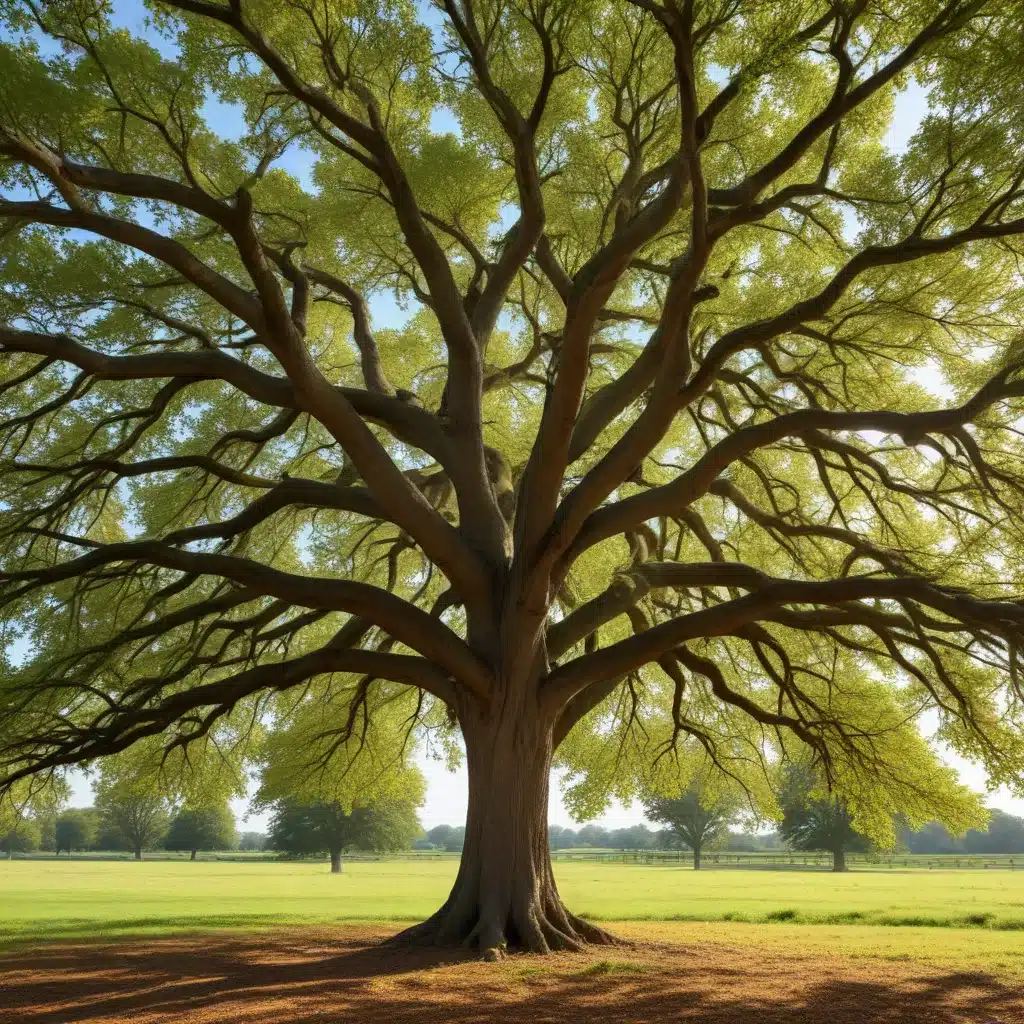
The natural world is a tapestry of resilience, where trees stand as towering examples of adaptation and endurance. As the caretakers of TriCounty Tree Care, we are endlessly fascinated by the intricate mechanisms that allow these perennial plants to thrive through the ever-changing seasons. In this comprehensive exploration, we will delve into the secrets of tree resilience, uncovering the physiological, environmental, and ecological factors that enable these magnificent organisms to weather the storms of time.
Seasonal Adaptations
At the heart of tree resilience lies the ability to synchronize their growth and dormancy cycles with the rhythms of the seasons. Deciduous trees, such as oaks and maples, showcase a captivating transformation as they shed their leaves in autumn, conserving energy for the winter months. In contrast, evergreen species like pines and firs maintain their foliage year-round, employing alternative strategies to withstand the harshness of winter.
The physiological changes that trees undergo are nothing short of remarkable. As autumn approaches, deciduous trees begin to withdraw nutrients from their leaves, a process known as senescence. This gradual breakdown triggers the vibrant color display that delights our senses, before the leaves eventually detach and fall to the ground. Evergreens, on the other hand, possess specialized adaptations to prevent water loss and maintain photosynthesis even in the face of freezing temperatures and limited sunlight.
Environmental Factors
The resilience of trees is inextricably linked to their ability to adapt to the ever-shifting environmental conditions they face. Temperature variations, from the blistering heat of summer to the bitter cold of winter, pose significant challenges that trees must overcome. Equally crucial are the patterns of precipitation, which can range from life-sustaining rainfall to the burden of drought.
The way trees respond to these environmental stressors is a testament to their evolutionary prowess. Deciduous trees, for instance, time their leaf shedding to coincide with the onset of winter, minimizing the risk of damage from frost and snow. Evergreens, in turn, deploy intricate physiological mechanisms to regulate their water balance and maintain photosynthetic activity even in the face of frigid temperatures.
Structural Traits
Beneath the visible splendor of a tree’s canopy lies a complex network of structures that contribute to its resilience. The root system, anchored deep within the soil, serves as a vital lifeline, providing the tree with essential nutrients and water. The trunk and bark, meanwhile, act as a protective barrier, shielding the delicate inner tissues from harm.
The leaf morphology of trees also plays a crucial role in their ability to thrive. Deciduous species often possess broad, thin leaves that maximize surface area for photosynthesis during the growing season, while evergreens typically sport needle-like or sclerophyllous (thick, leathery) foliage to minimize water loss.
Defending Against Threats
In the dynamic ecosystem that trees inhabit, they face a constant barrage of threats, from insect pests to fungal diseases. Yet, these resilient organisms have developed an array of defensive strategies to safeguard their well-being.
Some trees, for instance, produce secondary metabolites that deter herbivores or inhibit the growth of pathogens. Others have evolved specialized physical barriers, such as thick bark or resinous sap, to ward off potential invaders. Furthermore, the symbiotic relationships that trees forge with mycorrhizal fungi and nitrogen-fixing bacteria can enhance their overall health and resilience.
Ecological Significance
The resilience of trees extends far beyond their individual well-being; it is intricately woven into the fabric of the broader ecosystem. Through their nutrient cycling and carbon sequestration capabilities, trees play a vital role in maintaining the delicate balance of our natural world.
Moreover, the resilience of trees directly impacts the diversity and abundance of the wildlife they support. As hubs of ecological activity, these towering organisms provide shelter, food, and breeding grounds for a myriad of species, from birds and mammals to insects and fungi.
Community Dynamics
The resilience of trees is not just an individual trait, but a collective phenomenon that shapes the very succession of plant communities over time. As older trees succumb to the ravages of age or environmental stress, younger, more resilient individuals often step in to fill the void, ensuring the continuity of the ecosystem.
The interplay between different tree species, each with their unique adaptations, also contributes to the overall resilience of the community. This biodiversity allows the ecosystem to withstand and recover from disturbances, whether natural or human-induced.
Resilience Strategies
At the heart of tree resilience lies a complex interplay of genetic, physiological, and ecological factors. By understanding these mechanisms, we can devise strategies to assist trees in their ongoing battle against the challenges they face.
Genetic diversity, for instance, is a crucial component of resilience, as it allows trees to adapt to changing environmental conditions. Phenotypic plasticity, the ability of a tree to modify its physical characteristics in response to environmental cues, is another vital adaptive strategy.
In some cases, human intervention can also play a role in enhancing tree resilience. Selective breeding programs, for example, may produce cultivars that are more resistant to pests, diseases, or climate extremes. Assisted migration, the relocation of trees to more suitable habitats, can also help species adapt to the shifting environmental landscape.
Ultimately, the resilience of trees is a testament to the remarkable adaptability of these living giants. By understanding and nurturing their seasonal rhythms, structural traits, and ecological relationships, we can ensure that these majestic organisms continue to thrive, providing us with the countless benefits they offer. As stewards of the land, it is our responsibility to unlock the secrets of tree resilience, empowering us to safeguard these vital components of our natural world.
To learn more about our comprehensive tree care services and how we can help cultivate resilient, thriving trees in your landscape, please visit TriCounty Tree Care.


